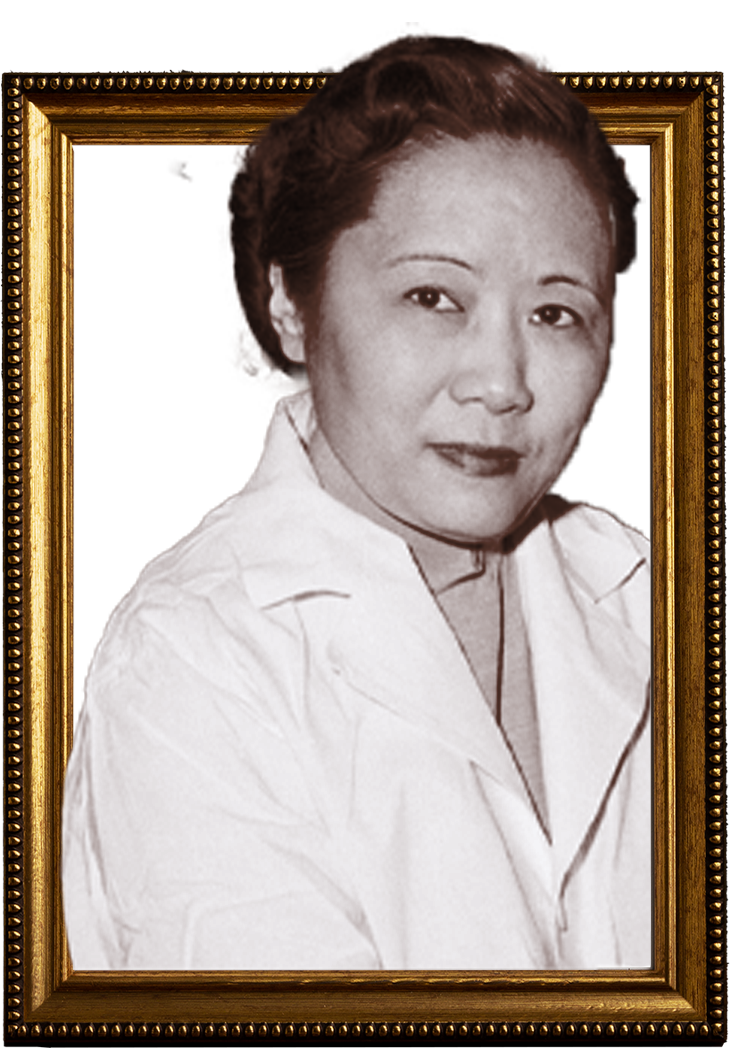
Dr. Chien-Shiung Wu
(1912–1997)
Also known as: “The First Lady of Physics” or “Madame Wu”
Born: May 31, 1912 – Liuhe, Jiangsu Province, China
Died: February 16, 1997 – New York, USA
Nationality: Chinese-American
Field: Experimental Physics (Nuclear and Particle Physics)
Early Life and Education
Dr. Wu was born into a progressive family that supported education for girls—a rarity in early 20th-century China.
Her father founded one of the first schools for girls in her region.
Wu moved to Shanghai for higher education and later enrolled at the National Central University in Nanjing, where she graduated with a degree in physics in 1934.
In 1936, she moved to the United States to pursue graduate studies at the University of California, Berkeley, where she earned her Ph.D. in physics in 1940 under the guidance of Ernest Lawrence, a Nobel laureate and inventor of the cyclotron.
Legacy in Science
Dr. Wu left a lasting impact on the field of experimental physics through:
Setting new standards in nuclear experimentation
Validating and refuting major theoretical models
Inspiring generations of women and underrepresented groups in science
Timeline: Dr. Chien-Shiung Wu

1912 – Born
Born on May 31, 1912, in Liuhe, Jiangsu Province, China.

1934 – Graduated in Physics
Graduated from National Central University, China, in physics.
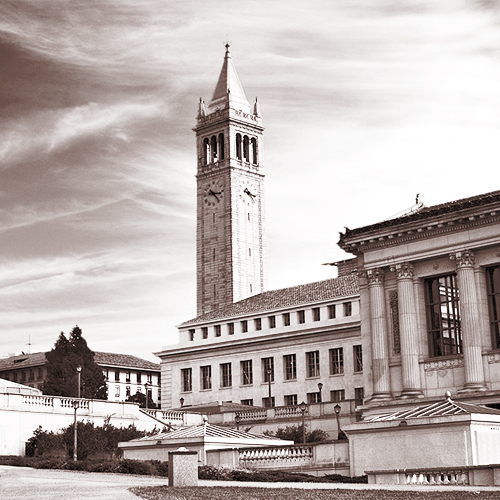
1940 – Ph.D. at UC Berkeley
Earned her Ph.D. in physics from the University of California, Berkeley.
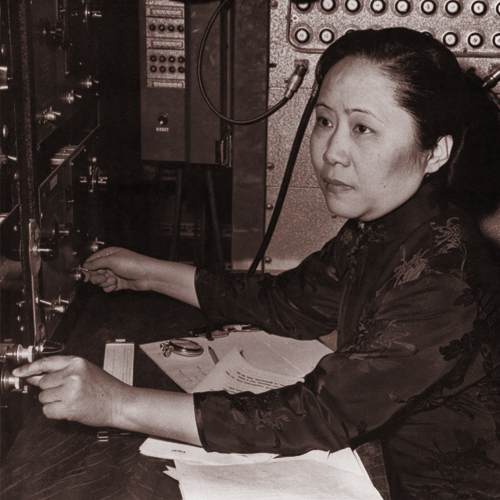
1944 – Manhattan Project
Contributed to nuclear research during WWII as part of the Manhattan Project.
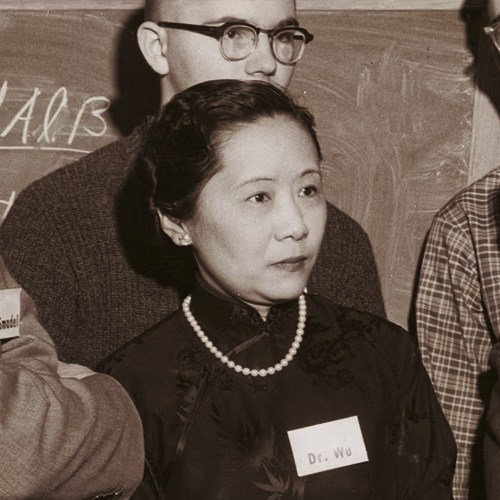
1956 – Wu Experiment
Disproved the law of parity in physics, leading to a major scientific breakthrough.
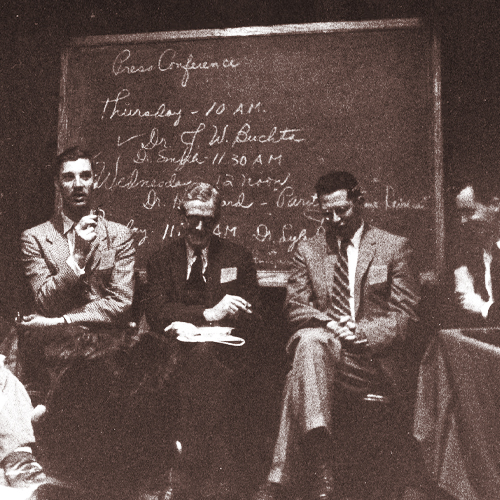
1964 – APS President
Became the first woman president of the American Physical Society.
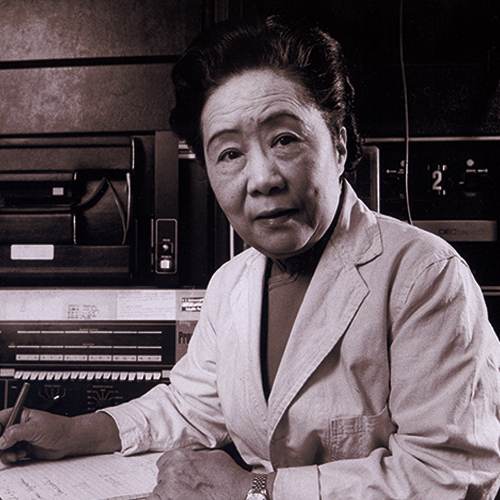
1997 – Passed Away
Dr. Wu passed away on February 16, 1997, leaving a lasting legacy in physics.
Career Highlights
Nuclear Research and the Manhattan Project
-
During World War II, Wu worked on the Manhattan Project at Columbia University, helping to develop the process for uranium enrichment and radiation detection.
-
She worked specifically on radiation instrumentation and testing the enrichment of uranium-235, essential to the atomic bomb project.
The Wu Experiment (1956)
-
Dr. Wu is best known for her groundbreaking experiment that disproved the law of parity conservation in weak nuclear interactions.
-
Collaborating with theoretical physicists Tsung-Dao Lee and Chen-Ning Yang, she devised an experiment using cobalt-60 to test whether physical laws remain the same when particles are mirrored (parity).
-
Her experiment proved that parity is not conserved in weak interactions, fundamentally reshaping modern physics.
-
Although Lee and Yang received the 1957 Nobel Prize in Physics, Wu’s contributions were not recognized by the Nobel Committee, a decision widely criticized and seen as an example of gender bias in science.
Professional Milestones
-
First woman to:
-
Teach physics at Princeton University
-
Serve as president of the American Physical Society (APS) in 1975
-
-
Worked extensively at Columbia University and later Smith College
-
Received numerous honorary degrees and awards, including:
-
National Medal of Science (1975)
-
Wolf Prize in Physics (1987)
-
Comstock Prize in Physics
-
First female recipient of the Research Corporation Award
-
Advocacy and Legacy
-
Wu was vocal about the discrimination faced by women in science, especially in academic and research institutions.
-
She championed education for women and girls, often reflecting on her own upbringing and her father’s role in founding a girls’ school.
-
After her retirement, she gave speeches encouraging young women to pursue careers in science.
Honors and Remembrance
-
Her portrait and achievements are displayed in various science museums and universities.
-
In 2021, the U.S. Postal Service issued a commemorative stamp honoring Dr. Wu.
-
In 2023, an asteroid — 2752 Wu Chien-Shiung — was named in her honor.
-
A physics building at the Chinese Academy of Sciences was named after her, and she is celebrated in both American and Chinese scientific communities.
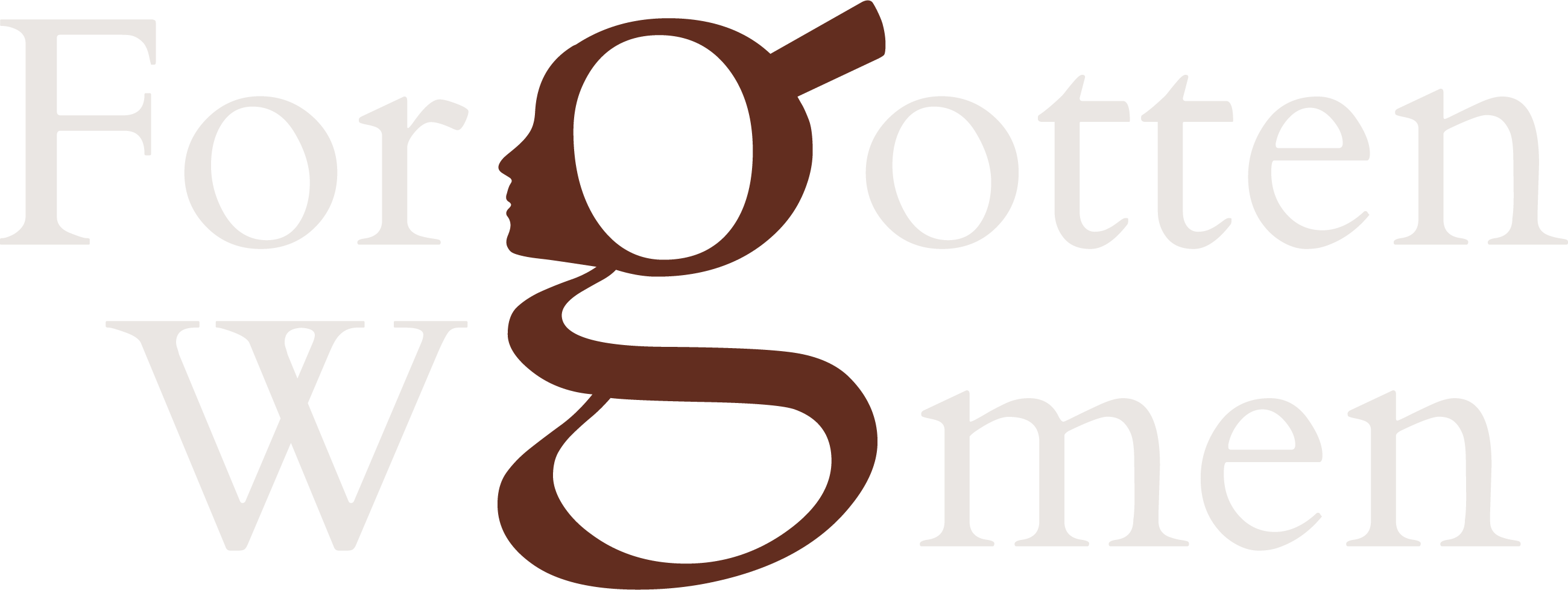
Discover the untold stories of women who shaped the world. Our platform is dedicated to celebrating the lives and legacies of extraordinary women—artists, scientists, educators, and activists—whose contributions have often been overlooked in mainstream history.